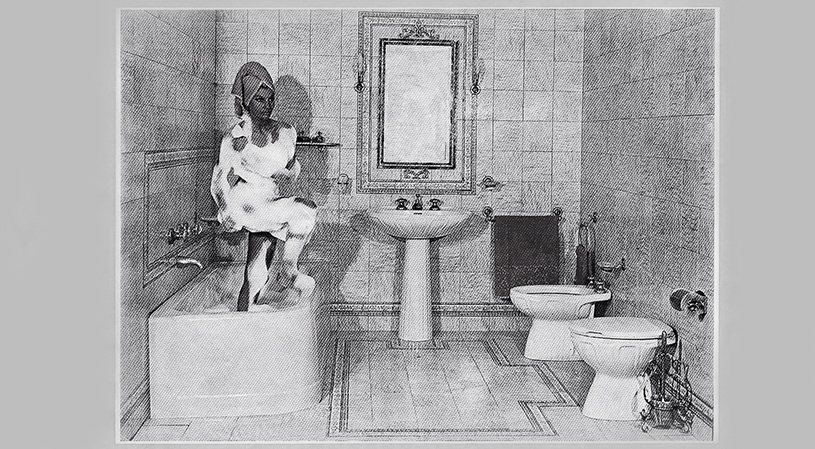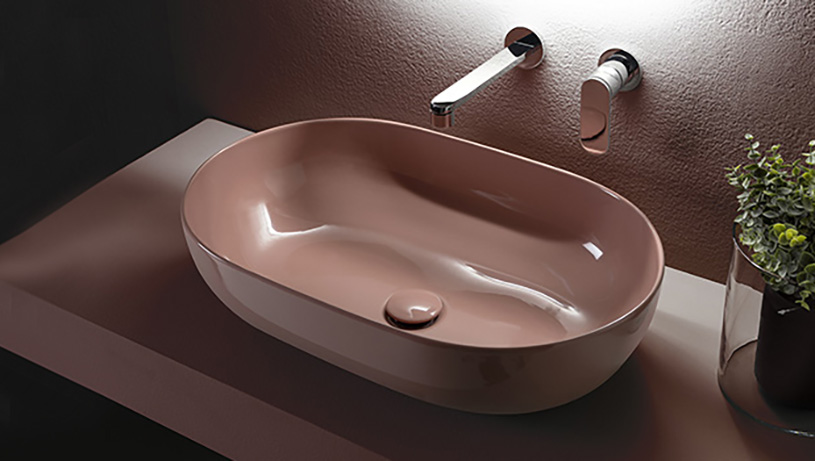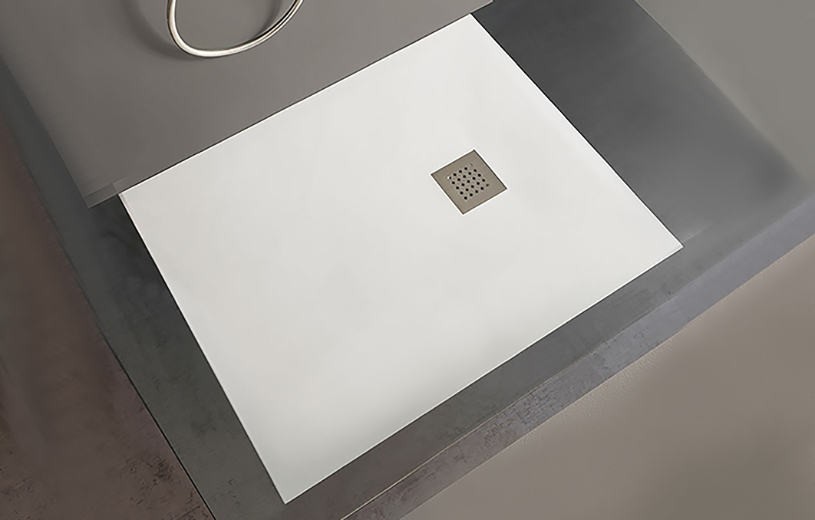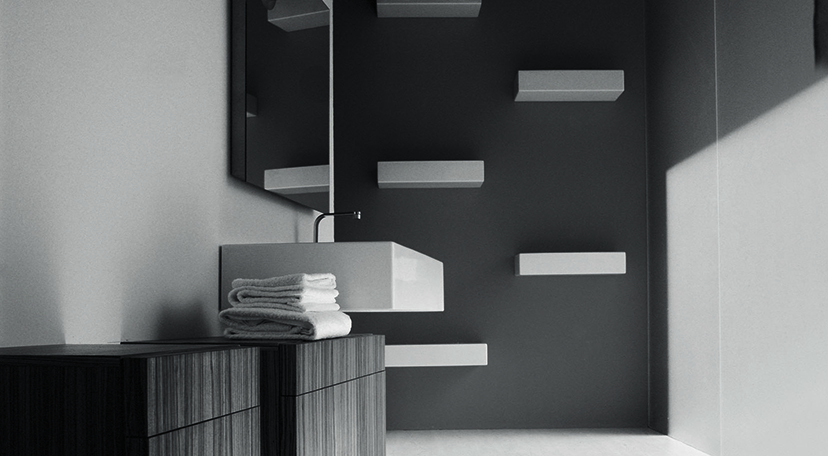Since the earliest times, the presence of water has been of fundamental importance to human settlements, not only, as can be easily grasped, as a means of survival, but also as a form of hygiene.
The origins
The word “bath”, comes from Latin balneum and it means immersion in a liquid. Which ancient population should be credited for the origins of the bathroom is not certain, but it is possible to trace a sort of history of the bathroom across centuries and continents.
The earliest traces can be found around 3000 B.C. in the Indus Valley civilisation, and also from the Egyptians come the earliest reports concerning the use of “bathing” for physiological needs and to improve one’s appearance. The same applies to the Greeks. Findings show that in ancient Greece systems similar to today’s showers already existed and were used by the athletes to cleanse themselves after the competitions. Early forms of toilets have also been identified in the palace of Knossos in Crete, around 1700 B.C. Immersion in water was not merely a matter of personal care but also of spiritual purification.
With the Romans, the bath became a veritable institution and had a dual purpose, as it was used not only for personal care and hygiene but also as a place for socialising. A collective use of bathing facilities found expression in the famous baths, the outcome of engineering and hydraulic knowledge at the forefront of the time. It is no chance that the first sewer systems can be attributed to them. Private Roman bathrooms in the homes of patricians offered many comforts. Alongside the elite household bathroom, public toilets also began to be widely used in the Roman Empire, with the so-called “Vespasian WCs”, very similar to today’s urinals, which, according to Suetonius’ account, were named after the emperor Titus Flavius Vespasianus who taxed them.
The Middle Ages saw a regression of what we might term the evolution of the bathroom as engineering and hydraulic knowledge and the very structures built in the previous era were lost. Furthermore, the emergence of large urban settlements with a high concentration of people made sanitary conditions drastically worse, facilitating the spread of epidemics. At this stage in history, basins were used widely and, only in wealthier families, wooden chairs with holes were used.
The first flushing toilet
The first antique toilet, if one can call it that, dates back to 1596 and was invented by an Englishman, John Harrington. However, its use did not become widespread until two centuries later.
In 1775, in England, a man by the name of Cummings revived the project and inserted the siphon, patenting the contraption. It was not until the early 1900s, however, that the first washbasins were produced.
Sanitary fixtures and fittings have undergone several changes and improvements over time to arrive at today’s standard.
Visit the Flaminia site and discover the wide range of toilets and bidets available



